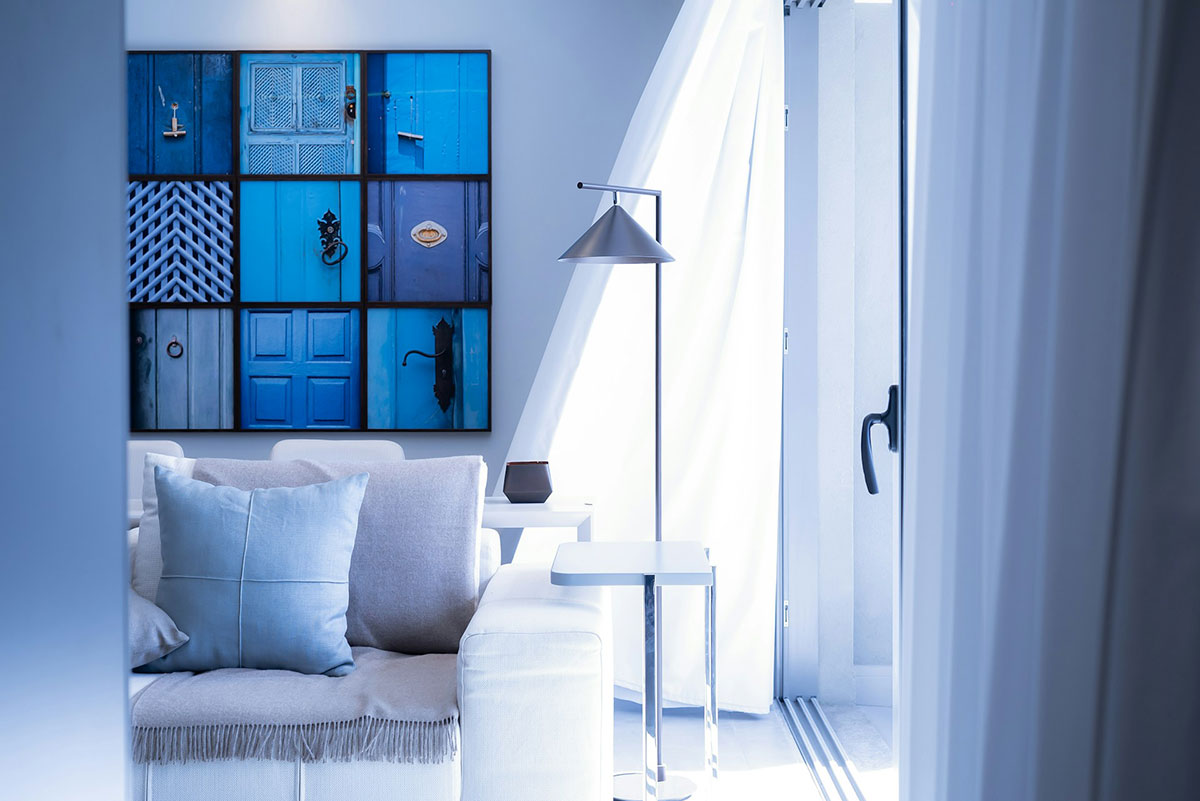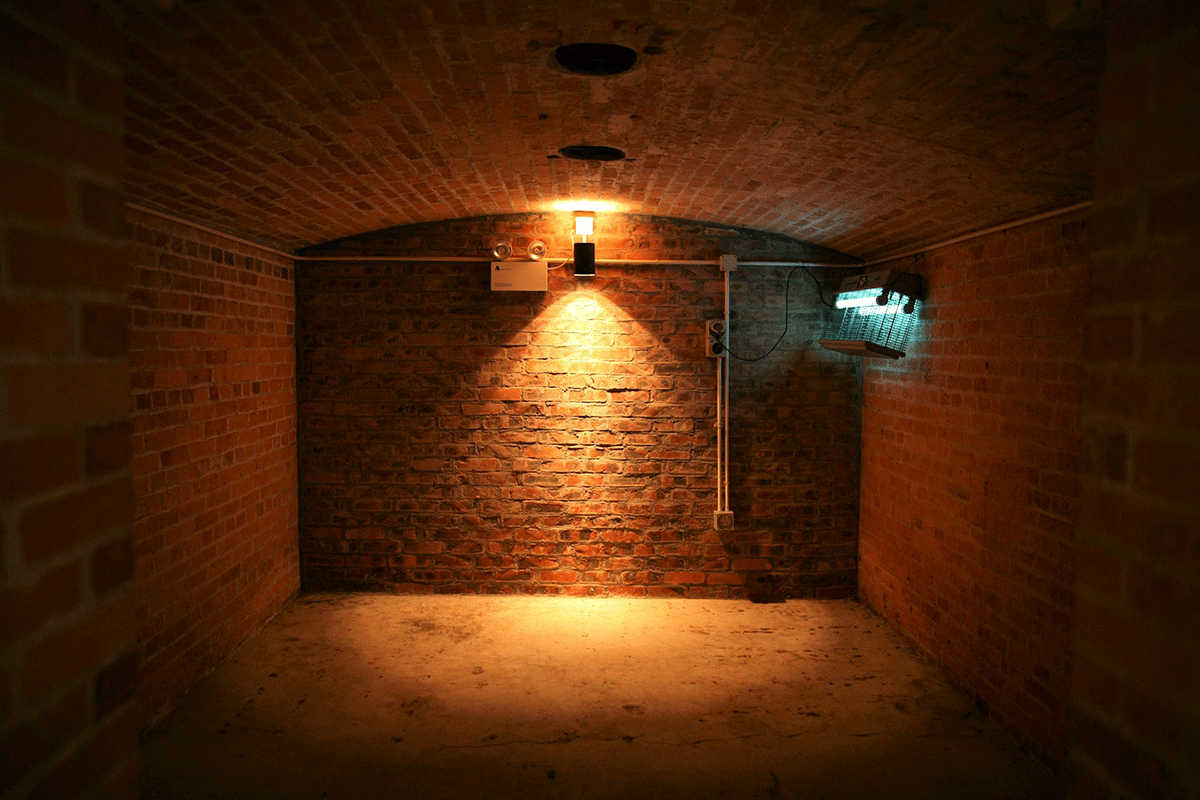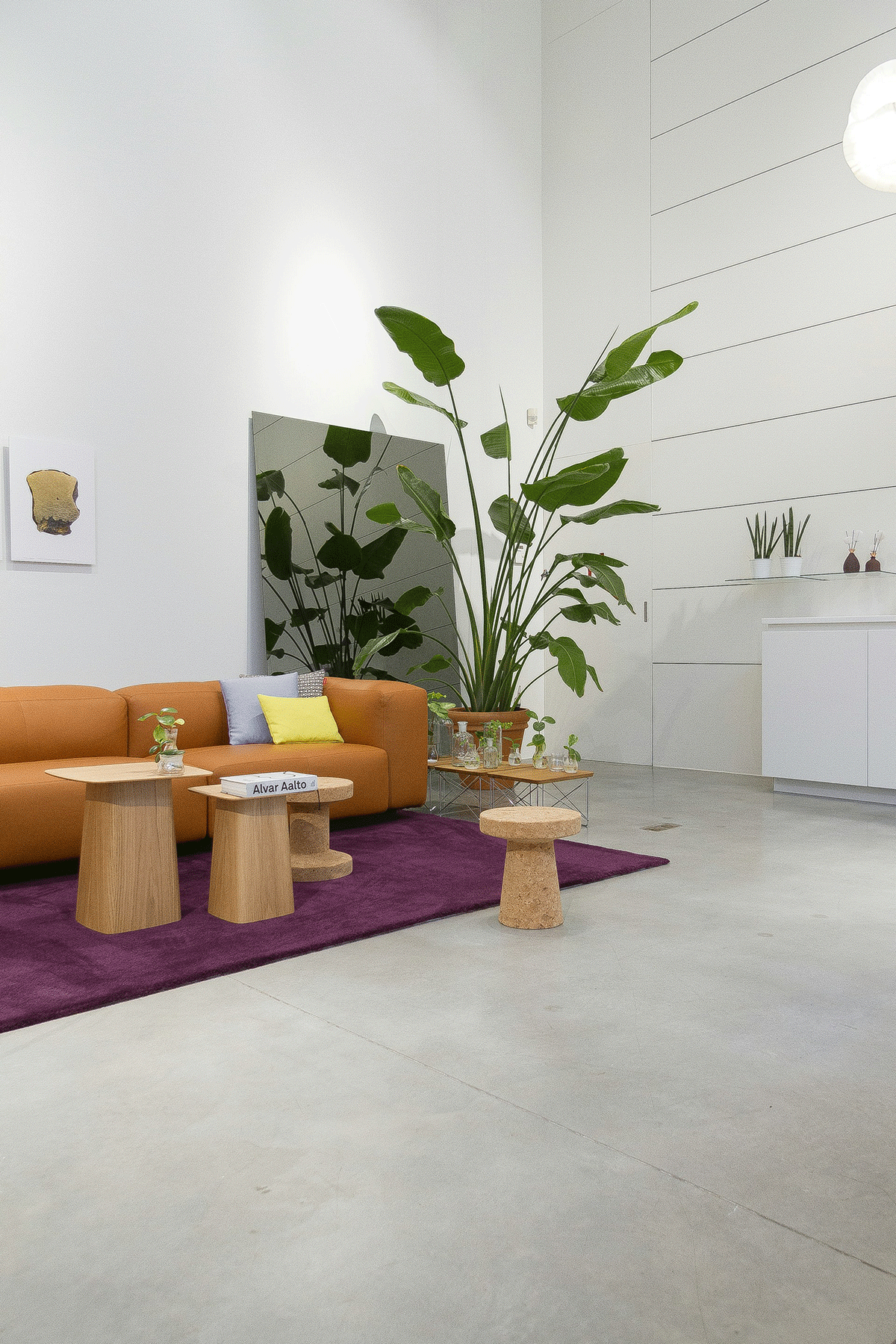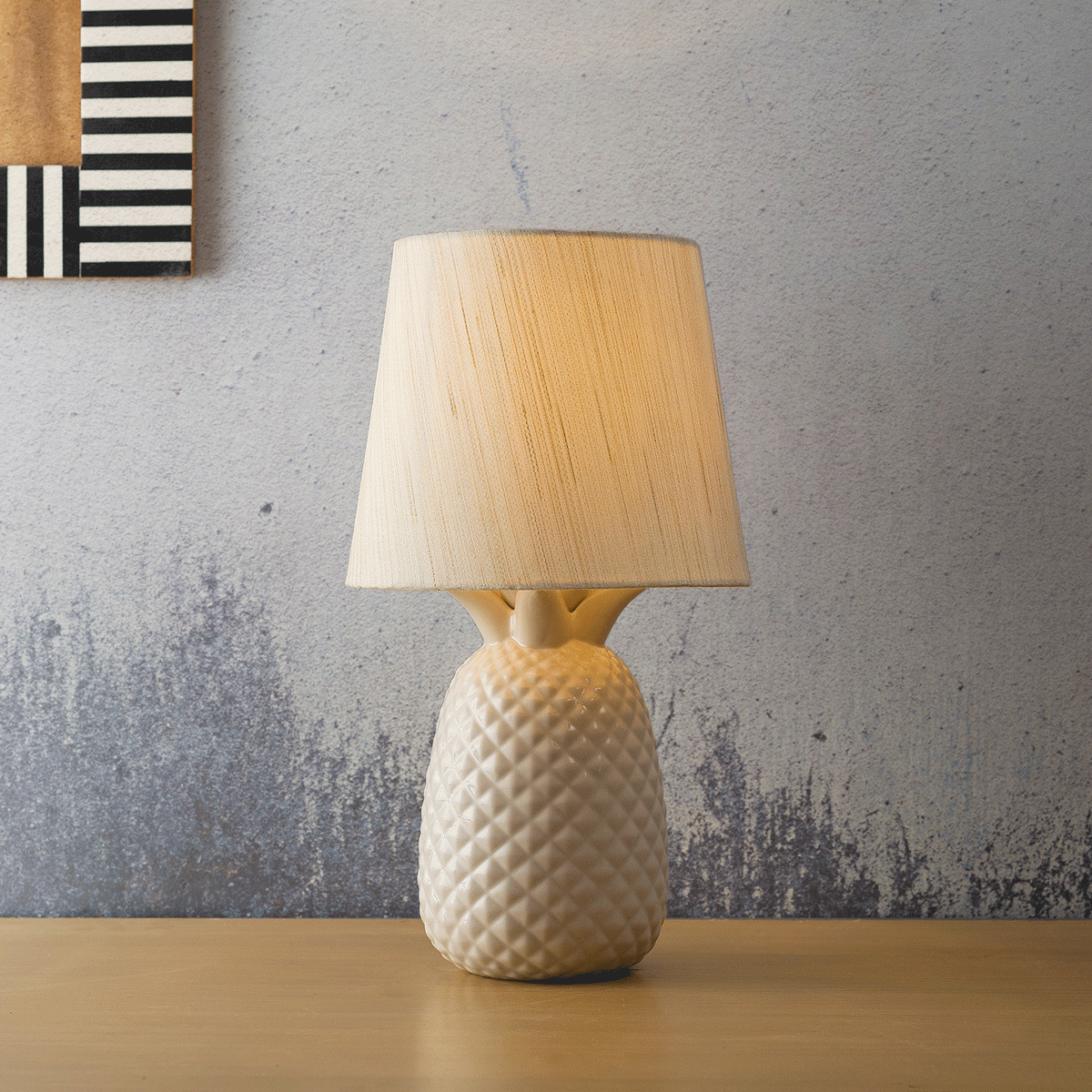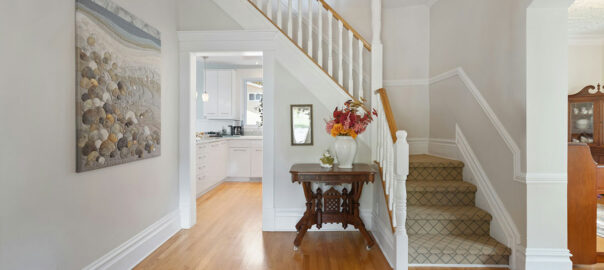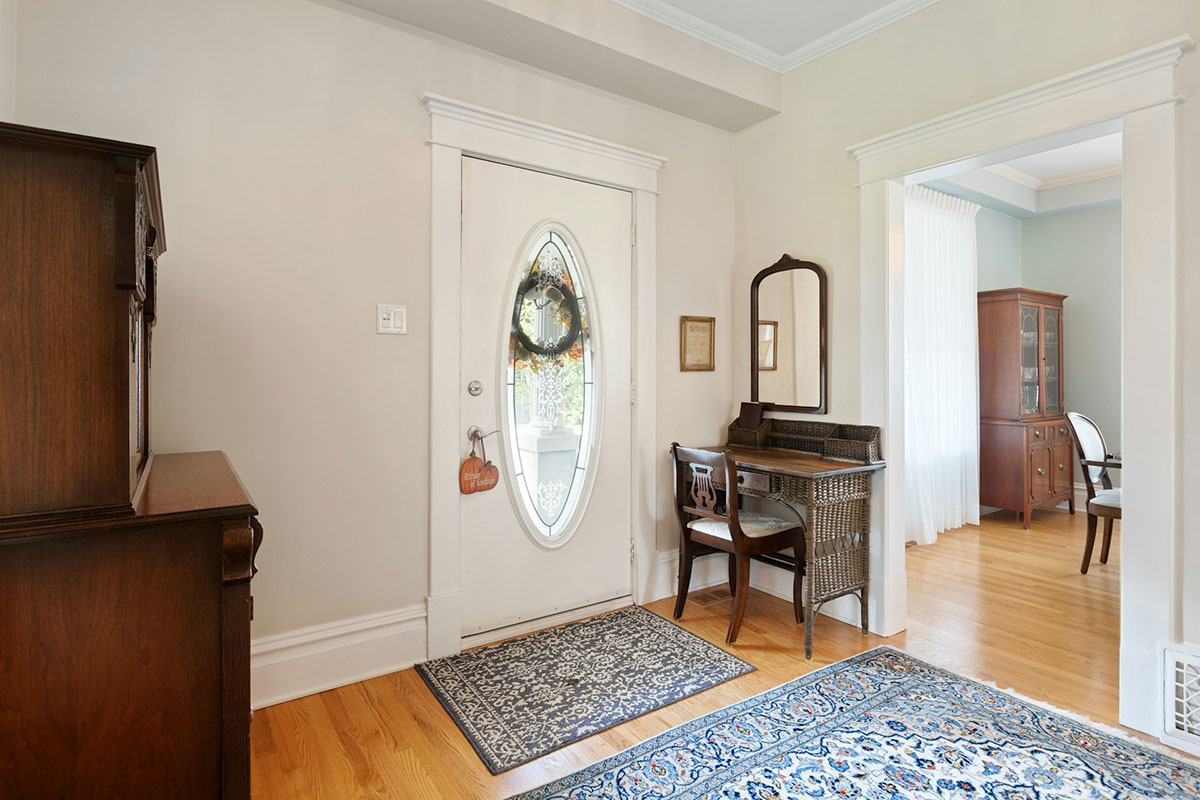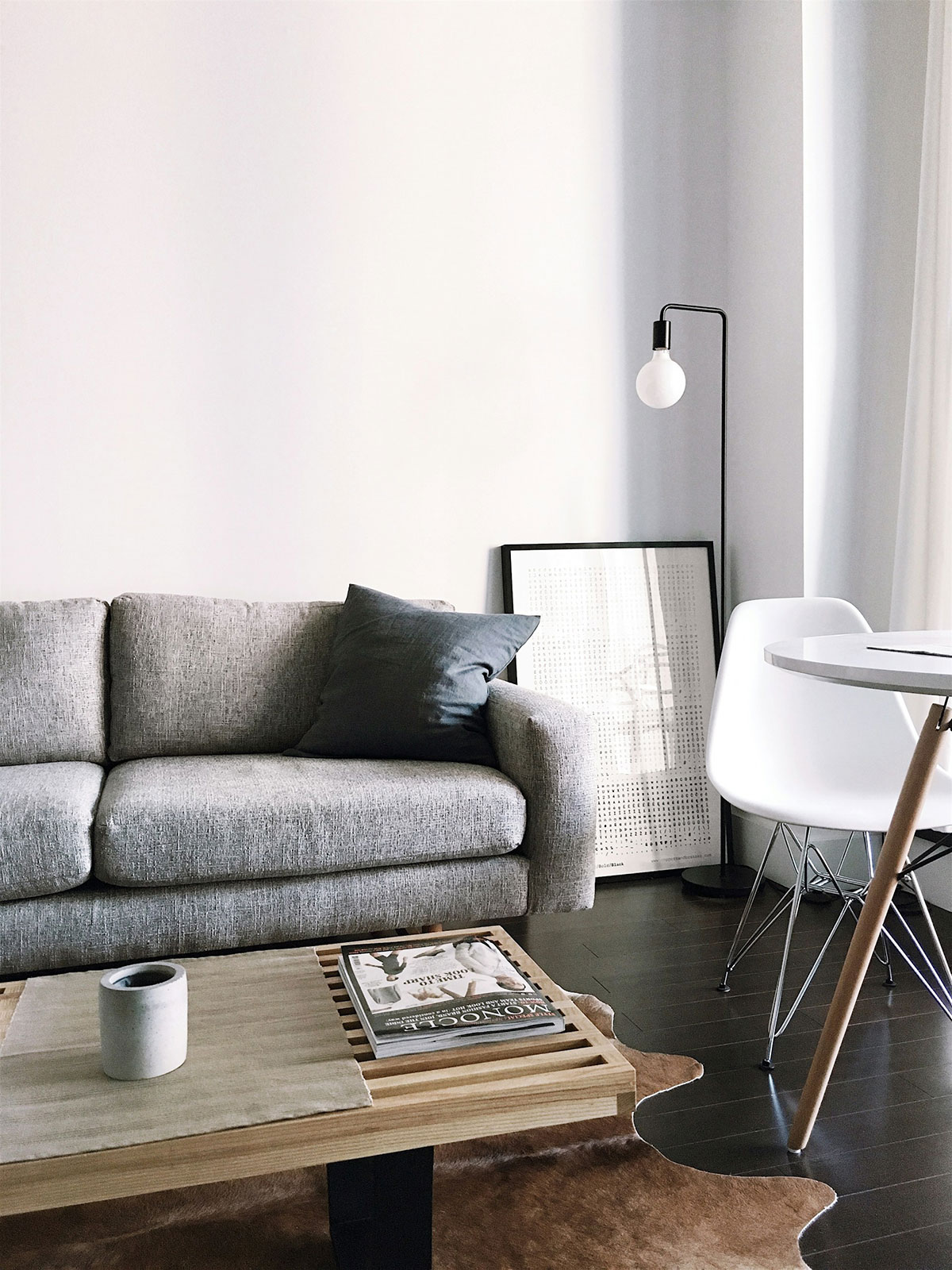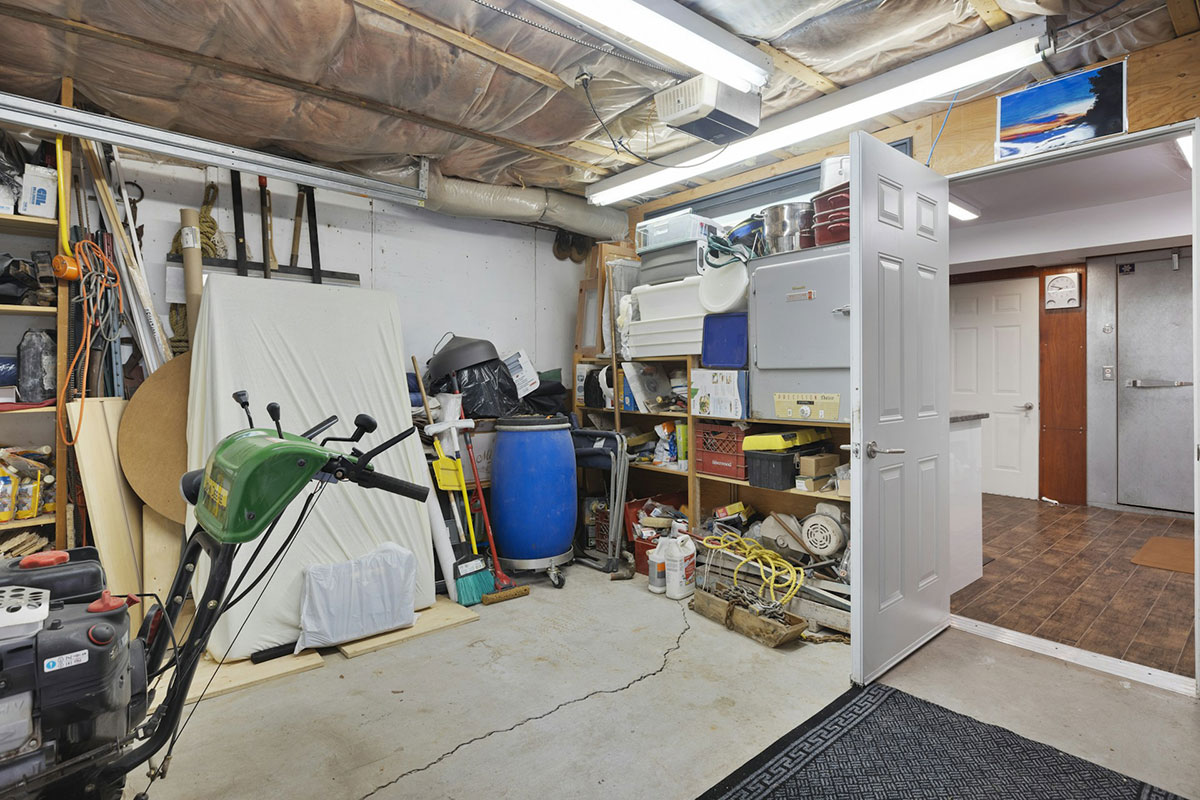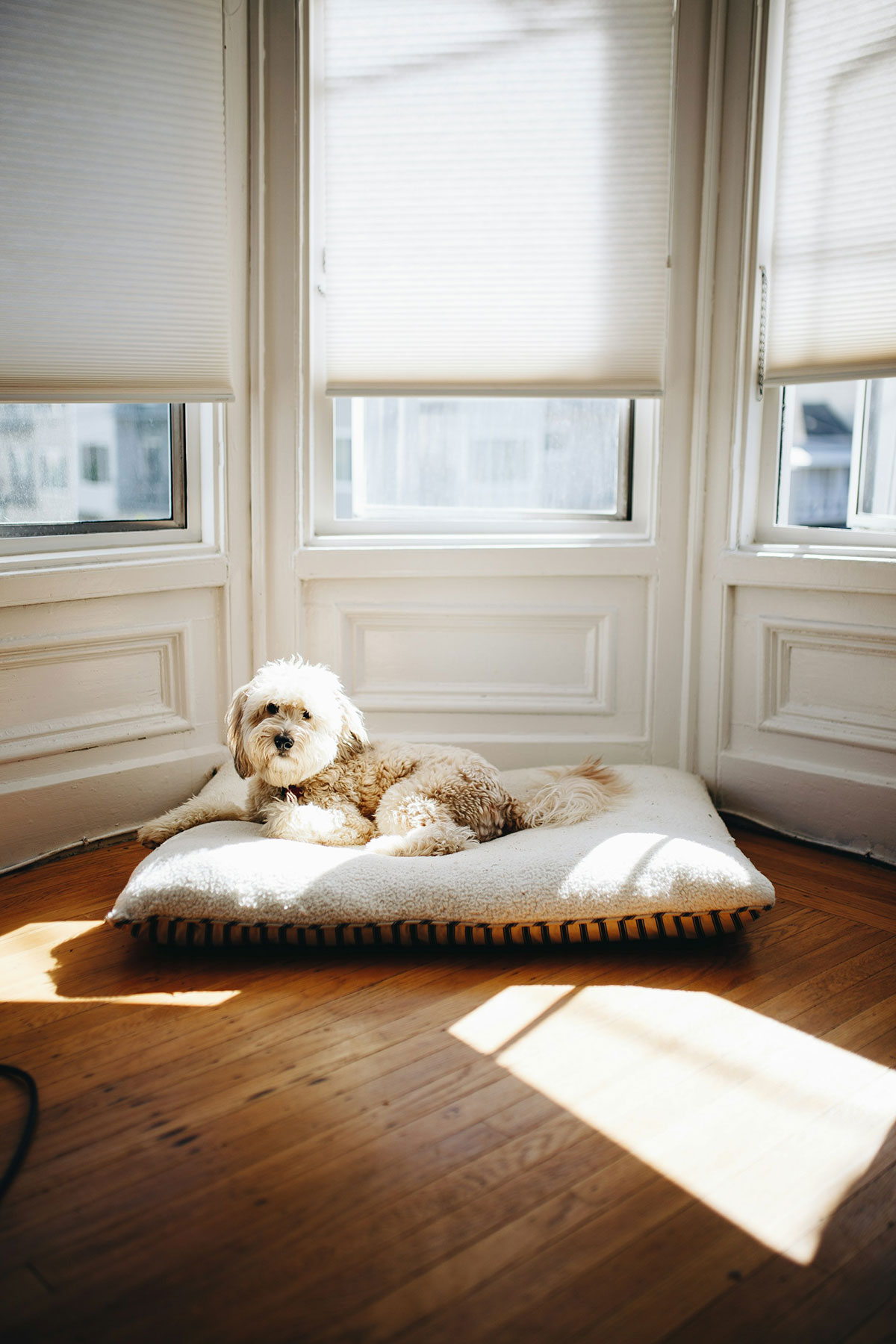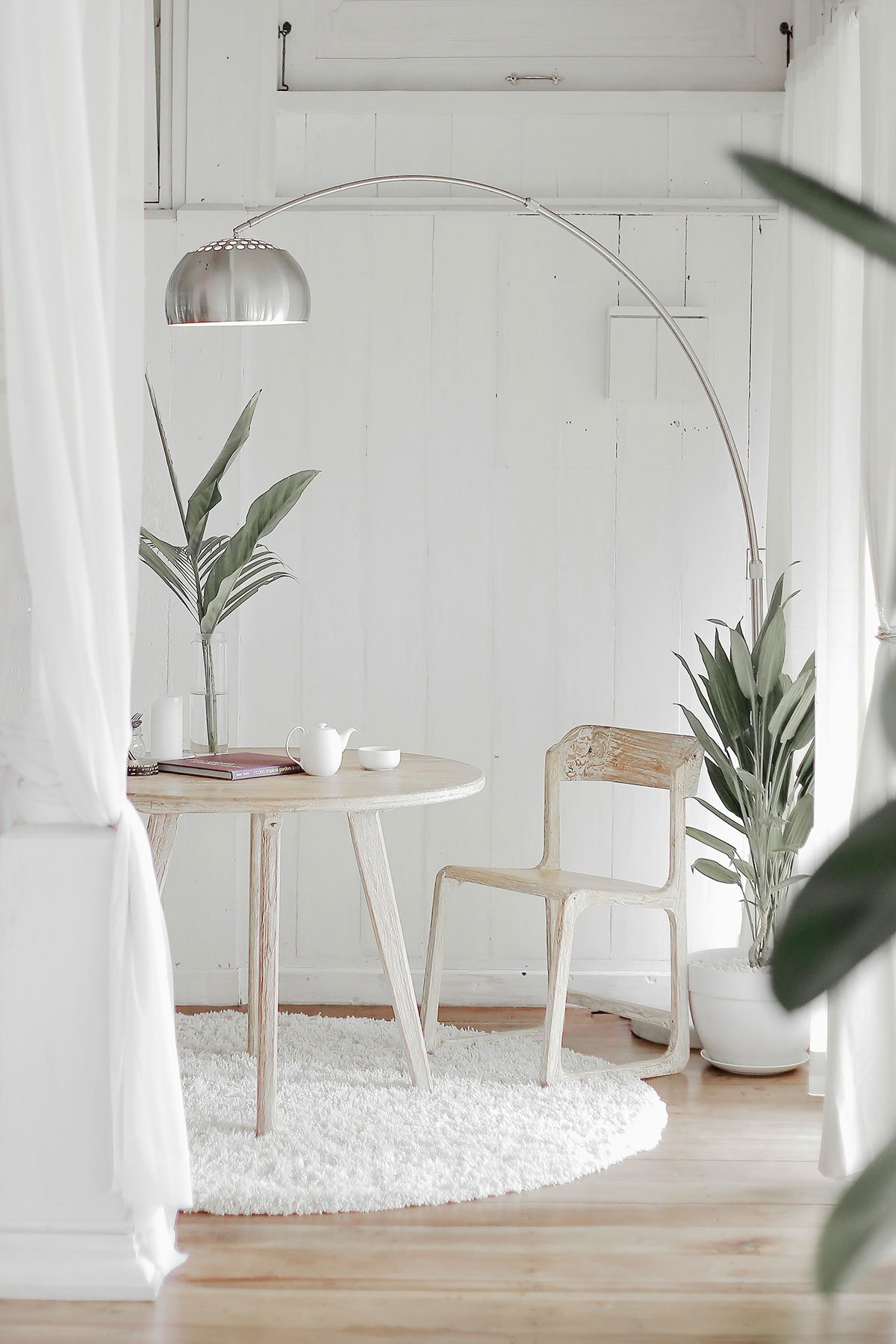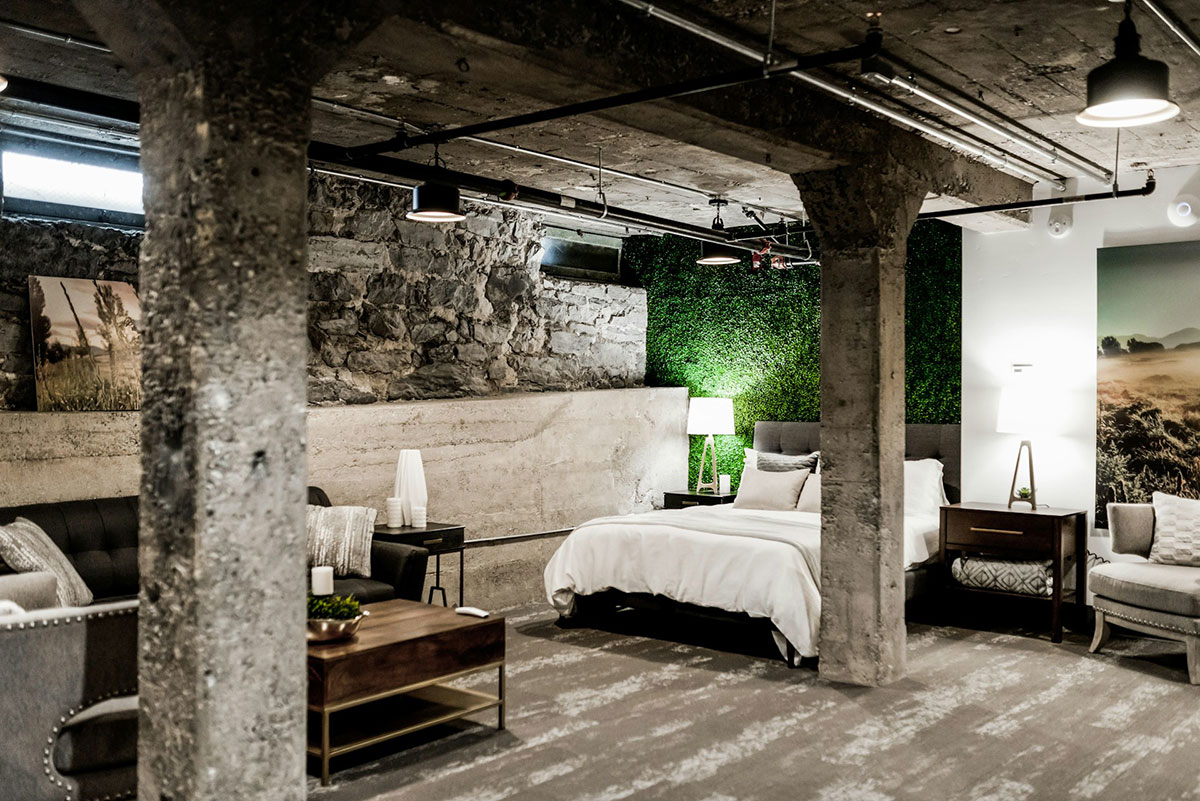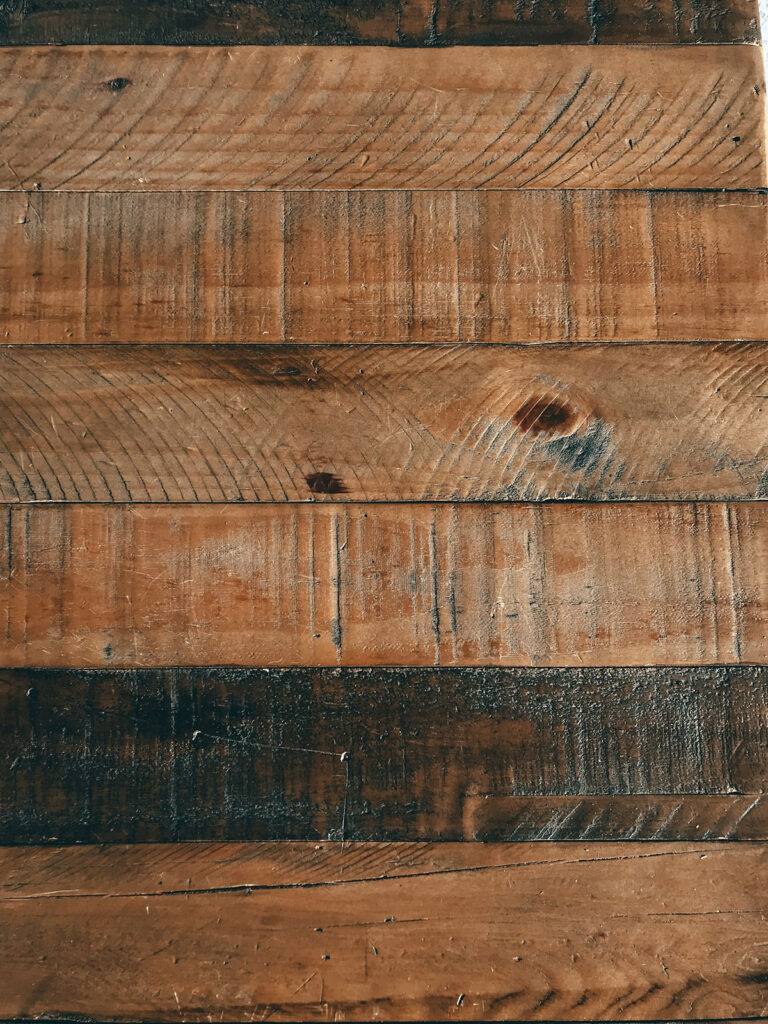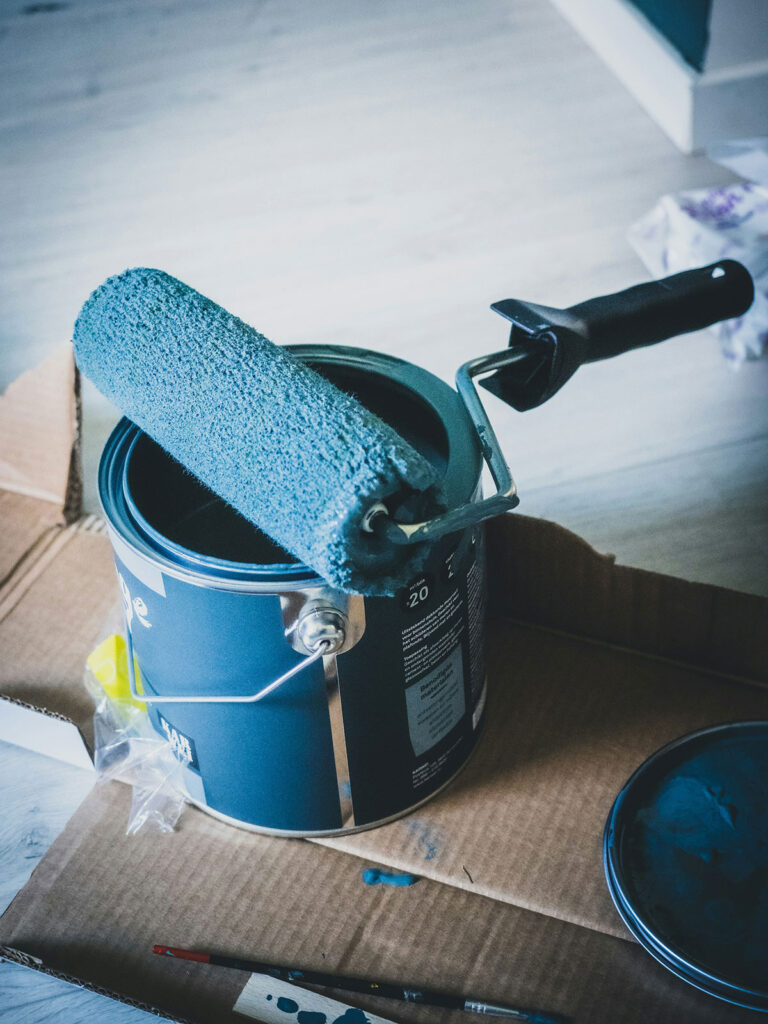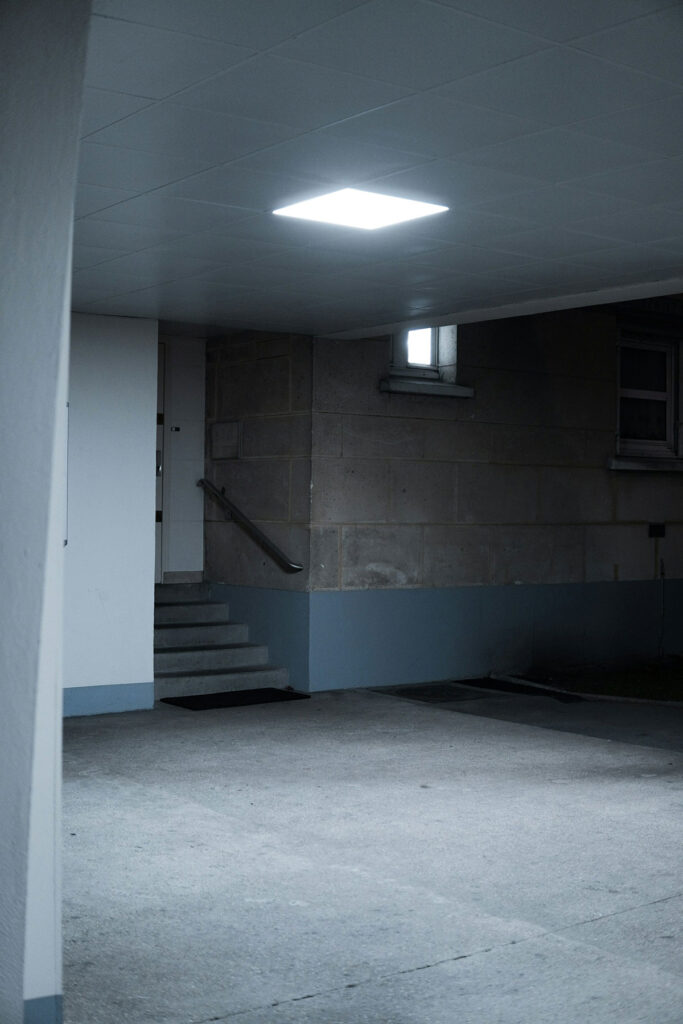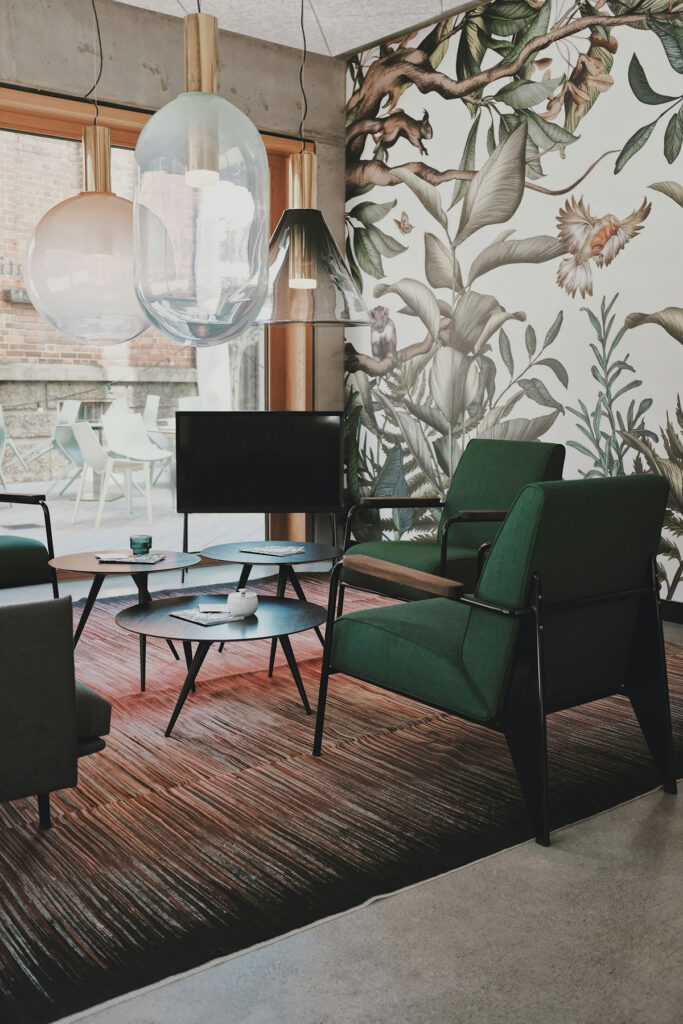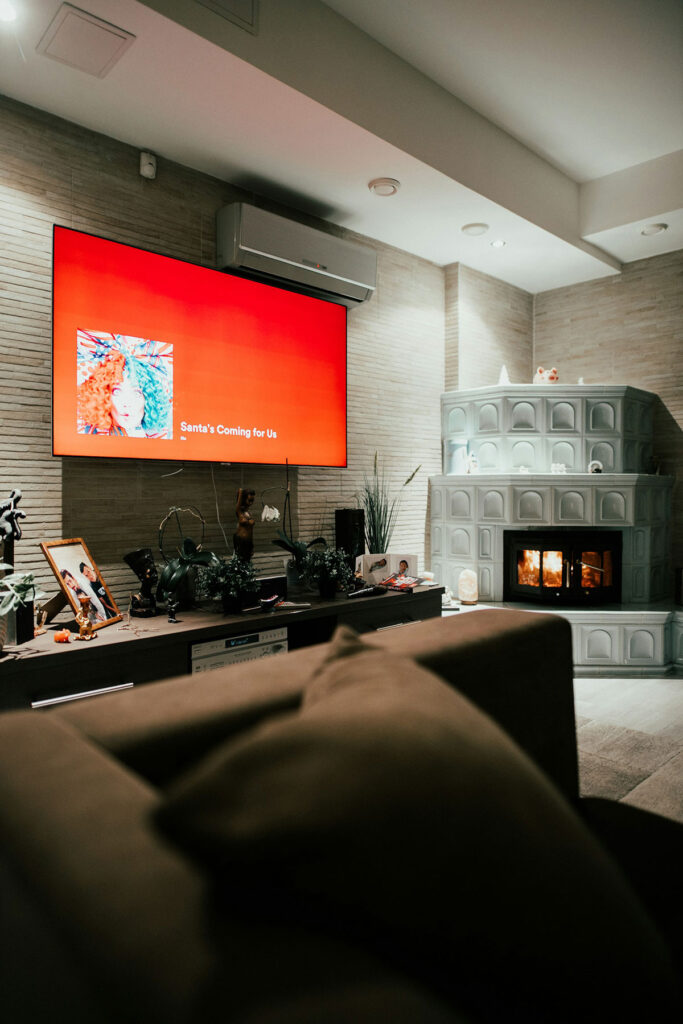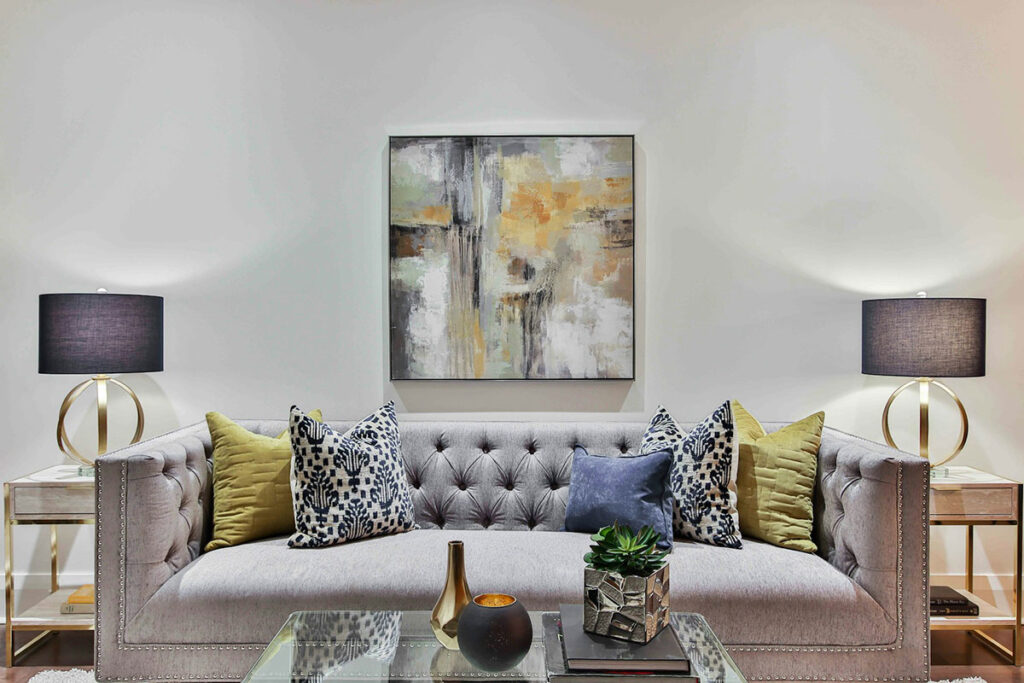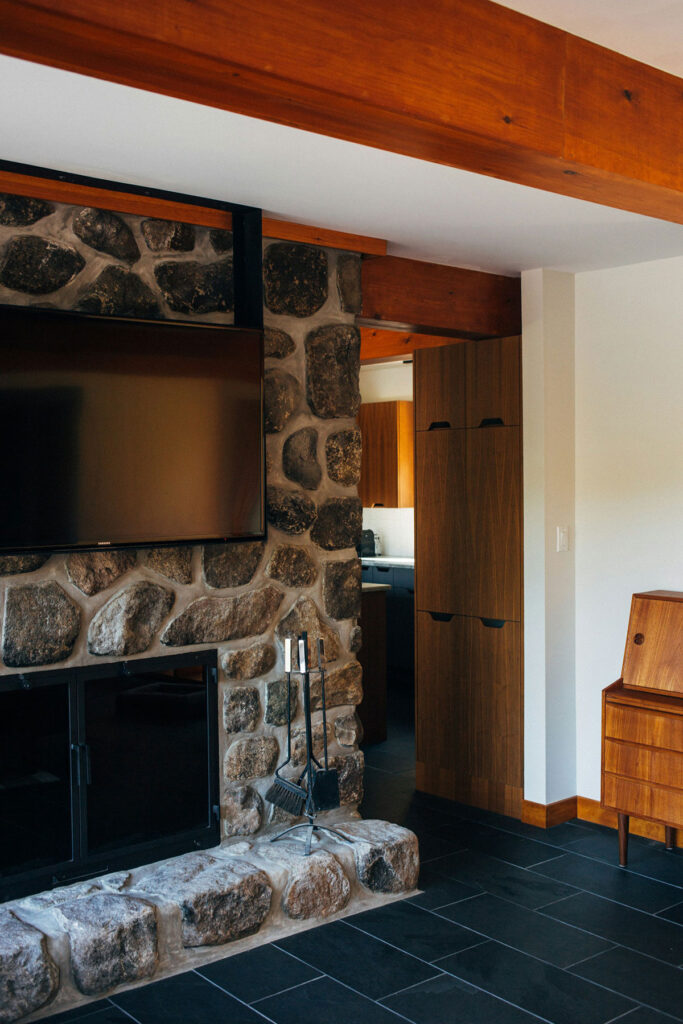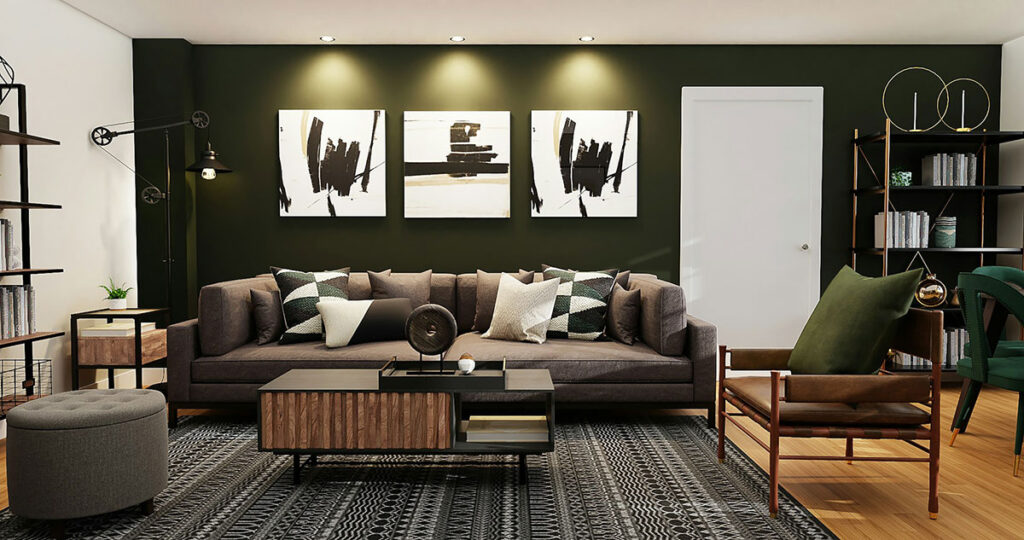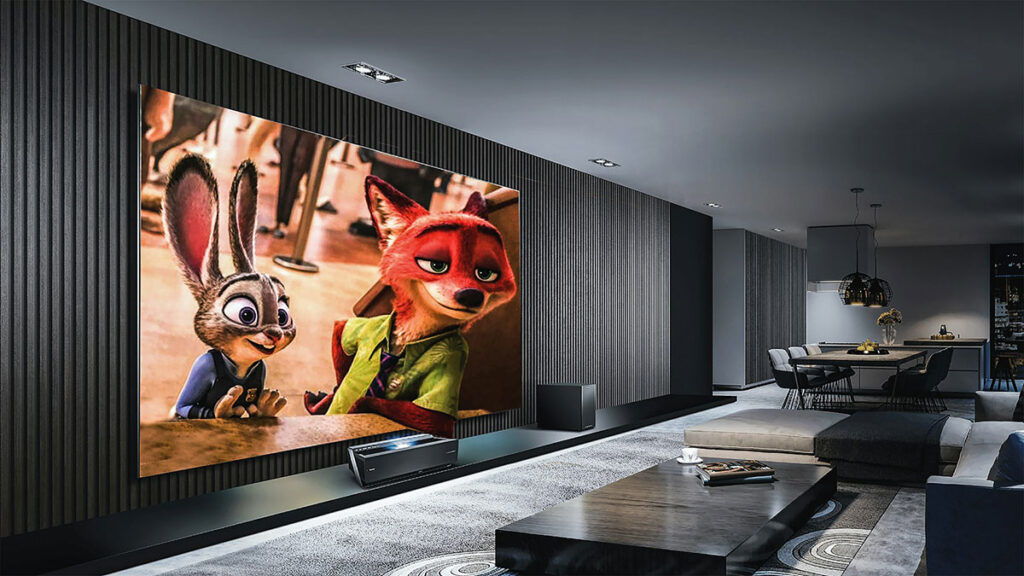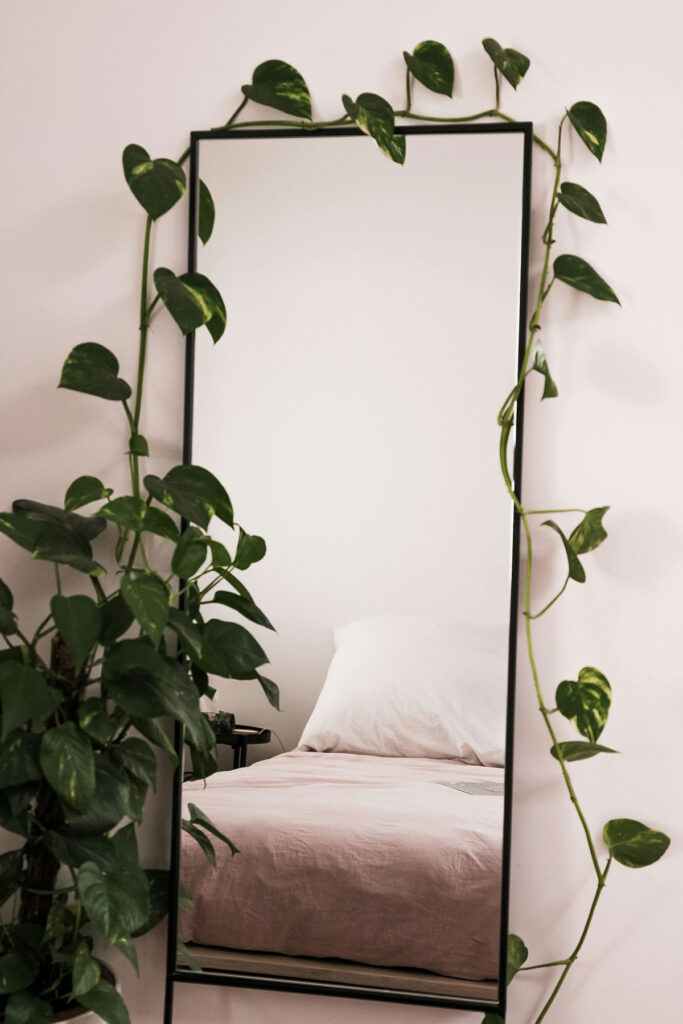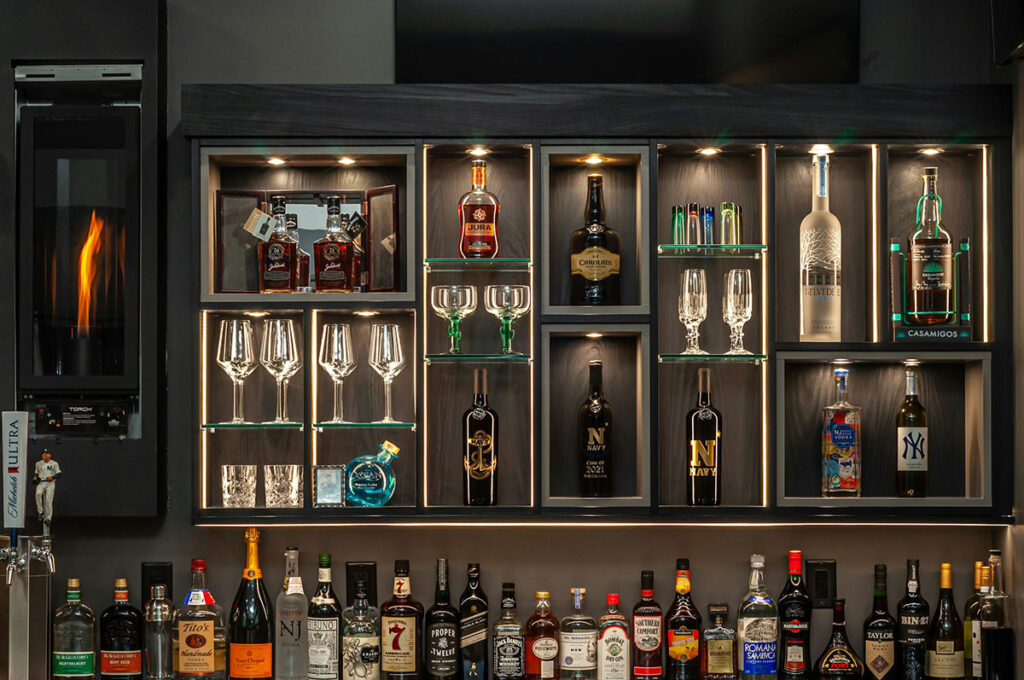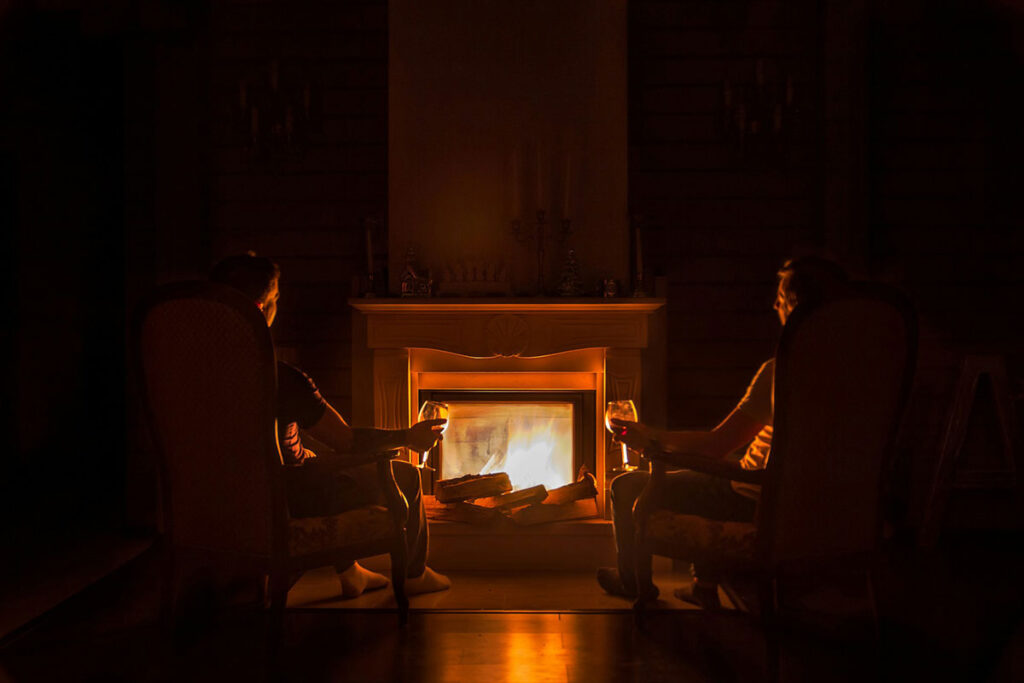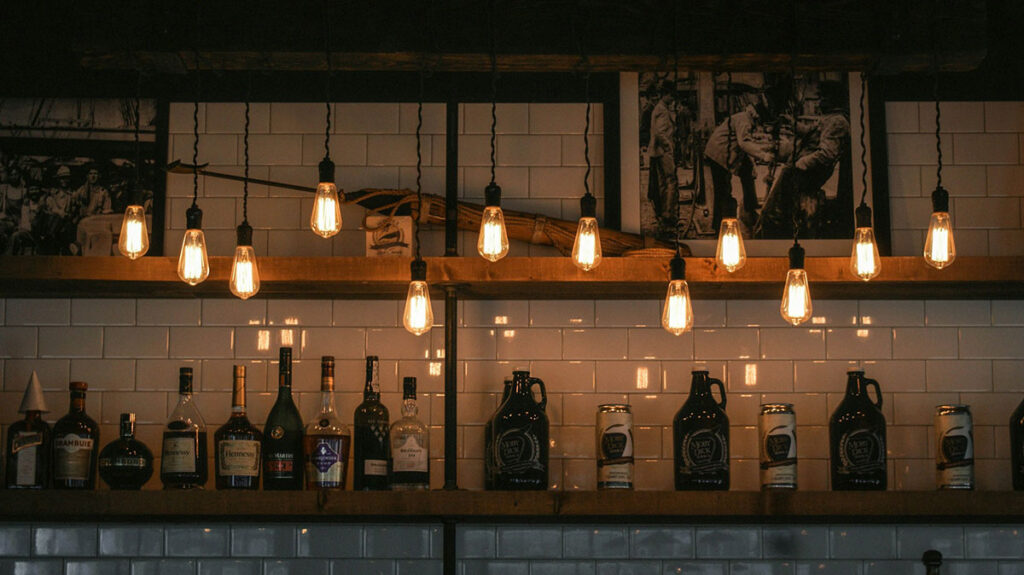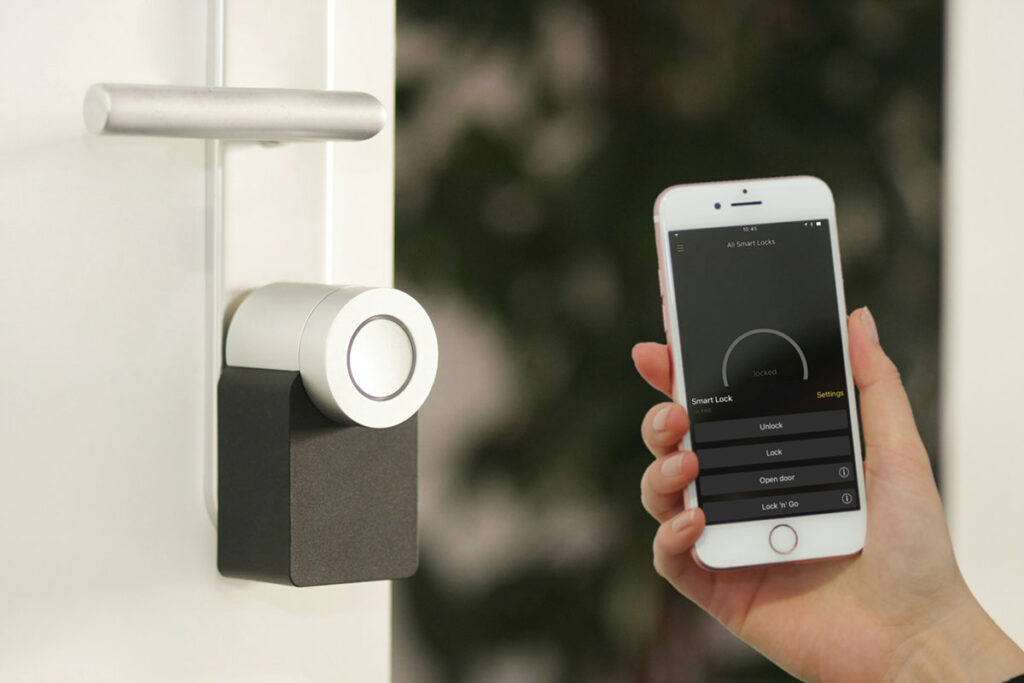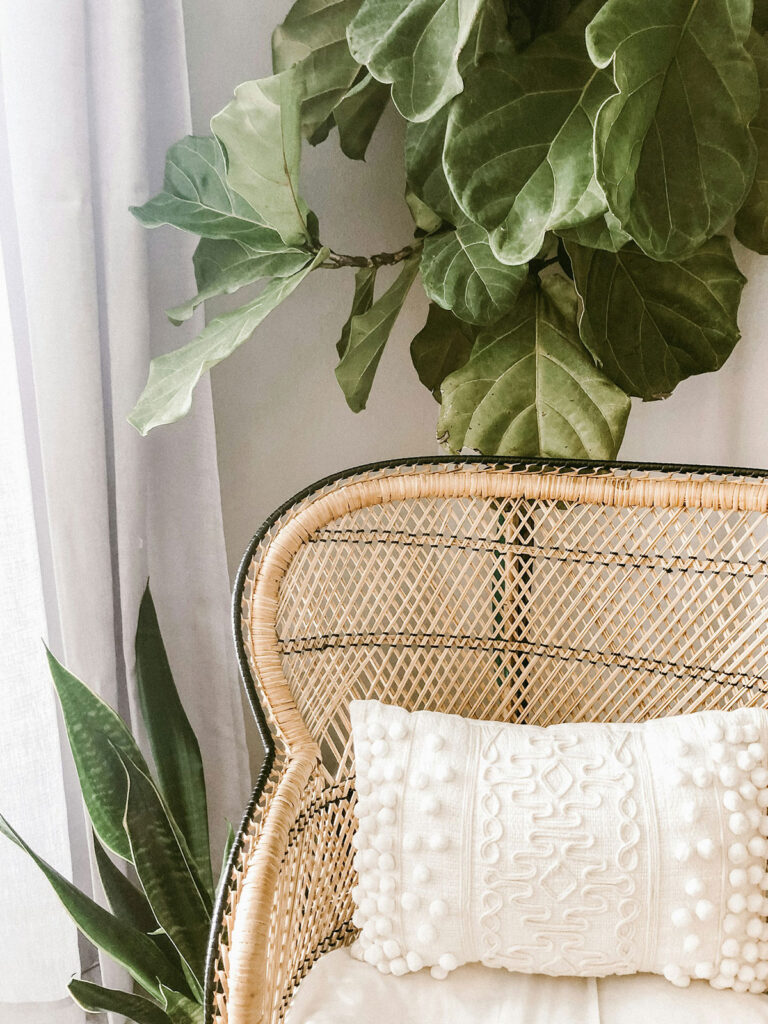In today’s ever-evolving architectural landscape, basements have emerged as dynamic spaces ripe for transformation. Once relegated to storage and mechanical systems, basements now serve as multifunctional extensions of the home, offering boundless opportunities for entertainment, relaxation, and productivity. Central to this evolution is the integration of smart technology, which has revolutionized the way we interact with and experience basement environments. In this article, we delve into the significant role that smart technology plays in modern basement designs, exploring its myriad benefits and applications in enhancing comfort, convenience, and connectivity for homeowners.
Basements have undergone a remarkable transformation in recent years, evolving from neglected, utilitarian spaces to vibrant, livable areas that seamlessly integrate with the rest of the home. Gone are the days of dimly lit, damp basements; instead, homeowners are now investing in creating inviting and functional living spaces that cater to their lifestyle needs and preferences.
At the forefront of this transformation is the rise of smart technology, which has become an indispensable component of modern basement designs. From lighting and climate control to entertainment and security, smart technology offers homeowners unprecedented control and customization over their basement environments, allowing them to create personalized spaces that reflect their individual tastes and lifestyles.
One of the most significant benefits of incorporating smart technology into basement designs is the ability to enhance lighting and ambiance. Lighting plays a crucial role in setting the mood and atmosphere of a space, and smart lighting solutions allow homeowners to easily adjust brightness, color temperature, and intensity to suit their needs and preferences. Whether it’s creating a cozy atmosphere for a movie night or setting the stage for a lively gathering with friends, smart lighting can transform the basement into a versatile and inviting space for any occasion.
In addition to lighting, smart technology also enables precise control over climate and comfort levels in the basement. Maintaining optimal temperature and humidity is essential for creating a comfortable living environment, and smart thermostats and HVAC systems make it easy for homeowners to regulate temperature settings remotely or create customized schedules based on their daily routines. Advanced ventilation systems equipped with air purifiers and humidity sensors further enhance indoor air quality, ensuring a healthy and enjoyable living space for occupants.
Entertainment is another key aspect of modern basement designs, and smart technology has revolutionized the way we experience media and leisure activities in these spaces. Integrated sound systems, immersive home theater setups, and streaming media players allow homeowners to create immersive entertainment zones tailored to their preferences, whether it’s for watching movies, playing games, or listening to music. Home automation platforms seamlessly integrate audiovisual components, lighting, and seating arrangements, providing a cohesive and immersive entertainment experience for users.
Beyond entertainment, smart technology also plays a crucial role in ensuring the safety and security of basement spaces. Smart security systems equipped with cameras, motion sensors, and smart locks provide comprehensive protection against intruders and emergencies, while integration with home automation platforms allows homeowners to monitor and control security devices remotely. Real-time alerts and automated responses further enhance safety and peace of mind, allowing homeowners to enjoy their basement space with confidence.
Connectivity and integration are key drivers of smart technology in modern basement designs, allowing different systems and devices to work together harmoniously. Integration with voice assistants, smart hubs, and cloud-based platforms enables effortless control and management of all smart devices, simplifying operation and enhancing user experience. With seamless connectivity, homeowners can easily access and control their basement systems from anywhere, at any time, using their smartphone or tablet.
Looking ahead, the future of basement design promises even greater innovation and advancement in smart technology. As smart devices become more accessible and affordable, their integration into basement designs is expected to become even more prevalent, reshaping the way we perceive and utilize these valuable living areas. From advancements in artificial intelligence and augmented reality to immersive technologies, the possibilities for innovation in basement design are endless, offering homeowners endless opportunities to create personalized and intelligent living spaces that cater to their evolving needs and preferences.
As smart technology continues to evolve, its integration into modern basement designs holds immense potential for further enhancing the functionality and comfort of these spaces. Future advancements in smart home technology are poised to further revolutionize basement living, offering homeowners even greater control, customization, and convenience. From energy-efficient solutions to intuitive automation systems, the possibilities for innovation are virtually limitless.
Moreover, the ongoing convergence of smart technology with sustainable design principles promises to make basement living not only more comfortable and convenient but also more environmentally friendly. Energy-efficient lighting, heating, and cooling systems, coupled with smart sensors and automated controls, will help reduce energy consumption and lower utility costs while minimizing the ecological footprint of basement spaces.
In conclusion, the role of smart technology in modern basement designs cannot be overstated. From enhancing comfort and convenience to improving safety and security, smart technology offers homeowners unparalleled control and customization over their basement environments. As technology continues to advance and become more accessible, the future of basement living looks brighter than ever, offering endless opportunities for innovation, creativity, and personalization. By embracing the latest smart home technologies, homeowners can transform their basements into vibrant and versatile living spaces that cater to their unique needs and preferences, setting new standards for modern living in the process.



